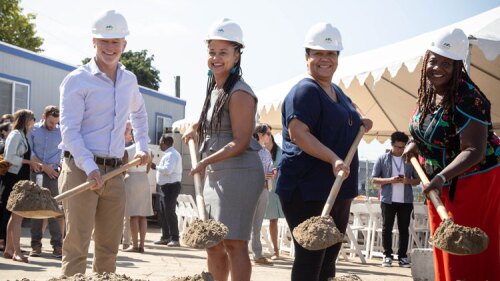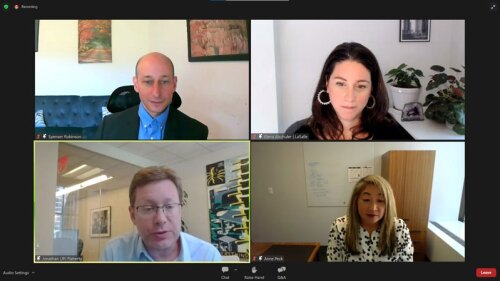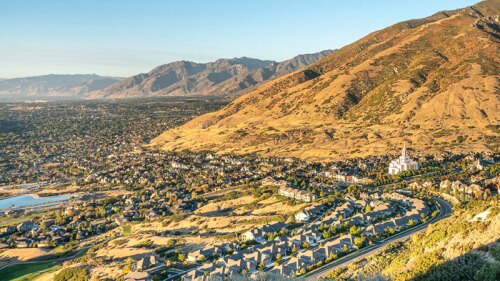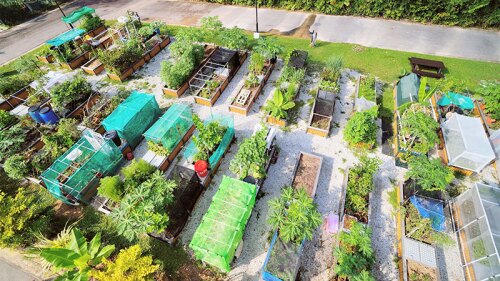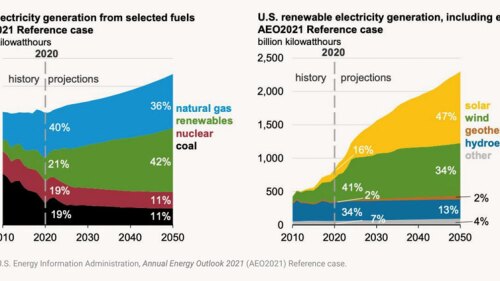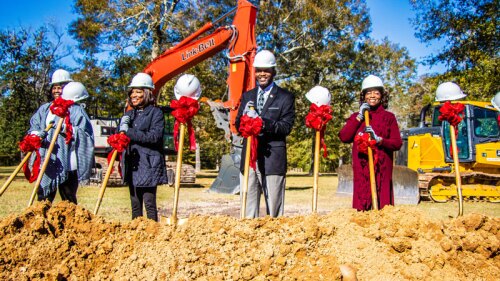Resilience and Sustainability
The Oregon Mass Timber Coalition was recently awarded a $41.4-million grant application led by the Port of Portland from the U.S. Economic Development Administration. The grant will be used to expand the production and use of mass timber to address three significant issues across Oregon: the worsening housing shortage, the increasing threat of wildfires, and the creation of good-paying jobs in communities still recovering from the pandemic. Anyeley Hallová is one of ULI’s leaders in the Pacific Northwest helping to spread the adoption of mass-timber commercial buildings.
In a recent webinar hosted by ULI’s Urban Resilience program, panelists reflected on their experiences implementing physical climate-risk assessments in their businesses. The webinar highlighted how to leverage the report’s findings on physical risk data analytics products to better evaluate climate risk in the land use industry.
A recent ULI webinar focused on innovative and sustainable development approaches at The Point in Draper, Utah, just south of Salt Lake City. Called a “generational opportunity and unlike anything else done in the state,” The Point is a large brownfield situated near Silicon Slopes, a fast-growing technological hub, and four major universities.
Kartini Omar is group director of parks development and Jurong Lake Gardens at the National Parks Board of Singapore. This interview was conducted in June as part of a series designed to celebrate park visionaries and share inspiring and practical insights into their perspectives, challenges, and advice.
As Georgia Power transitions from coal to natural gas and renewables to generate electricity, the utility company has entered into an innovative partnership with a technology firm that aims to transform the ash left behind from decades of burning coal into an ingredient for concrete for roads and bridges.
Properties may face physical or financial constraints that rule out on-site solutions, leading companies to explore their off-site options. ULI Greenprint and Innovation Partner, Transparent Energy, have released the Off-Site Renewable Energy Buyer’s Guide for Real Estateto help owners and developers navigate the off-site renewable energy market and process.
In recent years, wildfires, floods, and other extreme weather events have not only caused billions of dollars’ worth of damage to property and infrastructure but also resulted in massive losses for insurance companies. In addition, they have significantly bumped up insurance premiums in many vulnerable areas. As real estate owners and investors look for strategies to understand and prepare for climate-change-related risks, insurers are studying ways to encourage policyholders to implement resilience measures to reduce risk.
Corey Wilson is superintendent of the Recreation and Park Commission for the Parish of East Baton Rouge. He oversees the more than 170 parks in the system, which includes an observatory, nature center, equestrian park, zoo, performing arts theatre, arboretum, and more. This interview was conducted as part of a series designed to celebrate park visionaries and share inspiring and practical insights into their perspectives, challenges, and advice.
Since potable water is in increasingly limited supply, reducing demand for water through water conservation, efficiency, and reuse generates social, environmental, and economic benefits for people, buildings, and communities.
ULI’s Urban Resilience program is excited to announce that five U.S. District Councils have been selected to participate in the second Resilient Land Use Cohort (RLUC). RLUC is a growing network of District Councils, including ULI staff, community representatives, and local ULI member advisers who advise on immediate resilience needs through technical assistance or advisory services and engage in regular peer-learning opportunities over an 18-month period to share strategies, resources, and best practices.

